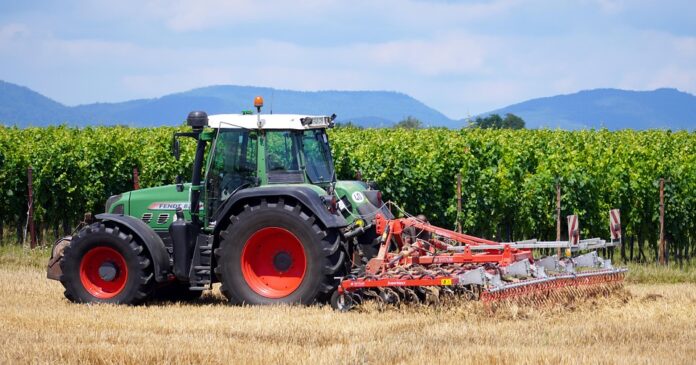Introduction
In the agricultural sector, tractors play a crucial role in enhancing productivity and efficiency on farms. When it comes to choosing the right type of tractor for farm needs, compact utility tractors and row crop tractors are two popular options. In this report, we will compare and contrast these two types of tractors, highlighting their features, benefits, and suitability for different farm operations.
Compact Utility Tractors
Compact utility tractors are versatile machines that are smaller in size compared to traditional tractors. These tractors are typically used for light to medium-duty tasks such as mowing, landscaping, and small-scale farming. Compact utility tractors are known for their maneuverability, ease of use, and ability to handle a variety of attachments.
Features of Compact Utility Tractors
– Engine horsepower typically ranges from 20 to 60 horsepower
– Compact size allows for easy maneuverability in tight spaces
– Can be equipped with a variety of attachments such as loaders, mowers, and tillers
– Suitable for small to medium-sized farms and landscaping operations
Benefits of Compact Utility Tractors
– Versatile and can handle a wide range of tasks
– Easy to operate, making them ideal for beginners or hobby farmers
– Lower operating costs compared to larger tractors
– Can be used year-round for various tasks
Row Crop Tractors
Row crop tractors are larger, more powerful machines designed for heavy-duty tasks in row-crop farming operations. These tractors are typically used for planting, cultivating, and harvesting row crops such as corn, soybeans, and cotton. Row crop tractors are known for their high horsepower, advanced technology, and precision farming capabilities.
Features of Row Crop Tractors
– Engine horsepower typically ranges from 100 to 400 horsepower
– Designed for row-crop farming operations with narrow rows
– Equipped with advanced technology such as GPS guidance systems and auto-steer
– Can pull larger implements such as planters, sprayers, and harvesters
Benefits of Row Crop Tractors
– High horsepower and torque for heavy-duty tasks
– Precision farming capabilities for increased efficiency and productivity
– Advanced technology for improved accuracy and performance
– Suitable for large-scale row-crop farming operations
Comparison
When considering which type of tractor to choose for farm needs, it is important to weigh the benefits and features of compact utility tractors and row crop tractors.
Cost
Compact utility tractors are generally more affordable than row crop tractors, making them a cost-effective option for small to medium-sized farms. Row crop tractors, on the other hand, come with a higher price tag due to their larger size, higher horsepower, and advanced technology.
Performance
Row crop tractors offer higher horsepower and torque compared to compact utility tractors, making them more suitable for heavy-duty tasks in row-crop farming operations. Compact utility tractors, while versatile, may not have the power needed for larger implements and heavy field work.
Maneuverability
Compact utility tractors excel in maneuverability, thanks to their compact size and agility. They can easily navigate tight spaces, making them ideal for tasks such as mowing, landscaping, and material handling. Row crop tractors, while powerful, may be less maneuverable due to their larger size and design.
Conclusion
In conclusion, both compact utility tractors and row crop tractors have their own set of features, benefits, and limitations. The choice between the two types of tractors ultimately depends on the specific needs and operations of the farm. Small to medium-sized farms may find compact utility tractors more suitable for their tasks, while large-scale row-crop farming operations may require the power and precision of row crop tractors. It is important for farmers to carefully assess their requirements and budget before making a decision on which type of tractor to invest in.




